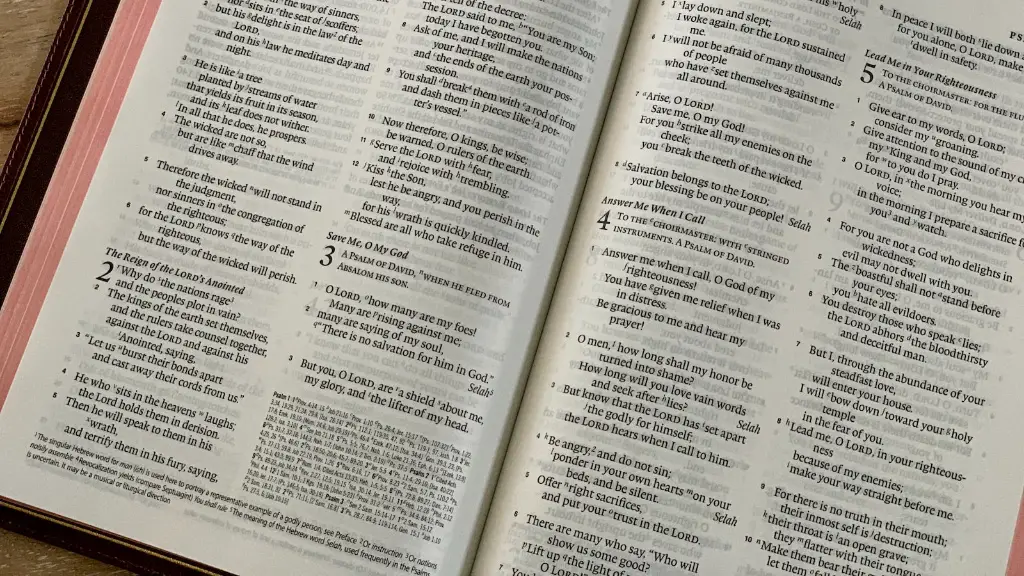At its worst, depression can be a debilitating condition, disconnecting someone from themselves and the world around them. Poetry, however, provides an escape: both a physical one and an emotional one. By reading and writing poems, sufferers can express and understand their own emotions more profoundly, as well as evoke empathy in others. This increases a sense of togetherness and ultimately makes you feel less alone. Poetry can also provide solace and rekindle hope.
Generally, poets carry a strong understanding of human emotion. When someone reads their work or their words, the feelings that these evoke can make the poem feel even more personal. When depression kicks in, those words can give comfort, inspire new ideas and ways of looking at the world, and ultimatelyl help the reader reaffirm their identity.
Therapists and psychiatrists around the world have started to use poetry as a therapeutic tool. Poems often carry subtleties and fleeting nuances of feeling or mood that can be hard to articualte otherwwise – even in talk therapy. Patients can embrace their emotions and thoughts in their poetry, and use it as a way to explain what is going on internally. Poetry isn’t like ‘ordinary’speaking, it contains the potency to encapsulate the meaning and intensity of life.
Unraveling and interpreting what poems mean, and then extending that meaning to the reader’s own life can be incredibly cathartic and meaningful. Much of the time, depression sufferers have difficulty verbalizing their own struggles and emotions. Poetry can be used to bridge this gap, transporting the reader from their current state of misery to one of inner reflection and hope.
Additionally, creative writing can be used to take a break from the cycle of negative self-talk and perfectionists thoughts. This may be especially useful for people with depression, as their thoughts can become overwhelmingly negative, creating a sense of guilt or shame. Engaging with poetry can help to shift focus away from troublesome ruminations and instead provide a chance to explore and express without limitation or judgement.
Grief and Loss
Loss is one of the most common triggers of depressive episodes and is often the hardest to manage. When someone experiences a loss they often feel an immense weight of sadness and isolation, as though they are drowning in their own emotions. Poetry can offer a hand out of the waters, providing unique outlets through which to express the complex emotions associated with death and sorrow. It can give the reader a sense of affirmation and a closure that they may not have been able to find elsewhere.
Grief is often a process that can’t be neatly tied up with a bow, but through writing and reading poems we can find moments of solace. Moreover, poetry can give a sense of order to an otherwise chaotic cascade of emotions. What’s more, use of different poetic techniques, such as alliteration, assonance and rhythm, can add to this sense of order.
Engaging with someone else’s poem can also lend itself to a new perspective, allowing the reader to gain a detachment from their suffering. In turn, this may provide an opportunity to look at their emotions from afar and give them a newfound understanding of their opinion on their grief.
Companionship Through Poetry
Companionship is often incredibly important when dealing with depression. When someone feels acutely isolated, it can be difficult to remember that they are not completely alone. In some of life’s situations, we never feel the presence of another human being. Poems can in fact bridge this gap and bring us closer to a companion. In these moments, literature is a sort of temporary friends, taking the reader on a journey alongside the poet. This can give a beautiful sense of connectedness and comfort for readers in distress.
Poetry opens the door to companionship and creates a connection with the reader. In the same way that we would expect our friends to pick up on our subtle gestures and facial expressions, poetry works in the same way; to suggest and empathise with the speaker of the poem. It also provides us access to countless people in every time and space, thus creating a shared feeling of togetherness.
Examples of poems that deal with loneliness, uncertainty, loss and pain serve to remind readers went through the same experiences in the past and can offer solace and a sense of understanding. These poems can create a network of people to go through the depths of suffering with and can act as frontiers for new paths for individuals seeking solace.
A Safe Space for Sharing
Writing poetry is also an effective tool to combat depression. While it is easy to keep feelings bottled up, creative writing provides a safe outlet for those who need to express their innermost thoughts.
Physically putting pen to paper and illustrating symbols that represent our feelings can be calming; cleaning the mind from impurities and providing clarity. This is because creative writing forces us to take a step back and view our stories from a bird’s eye view. This level of objectivity gives us the strength to confront our emotions and underlying issues.
Writing poetry gives readers the control to express their story and emotions, whatever they may be, in the way they desire. Without commentary it gives readers the freedom to explore and confront emotions, create understanding around their own problems and ultimately, develop their own sense of mental health and wellness.
Finding Strength Through Reading
The reading of poetry can help provide an emotional anchor and bring power to a situation. When someone with depression is feeling overwhelmed by sadness and sorrow, reading particular poems can ground them and act as a reminder of their hopes, dreams and values.
Poetry can encourage and embolden the reader to start thinking about their own thoughts and feelings. Reading poetry and reflecting on its meaning gives readers an opportunity to see how other people have overcome the same feeling. By exploring different poems, readers might even start to realise how their own emotions and experiences can be turned into metaphors, helping them gain an understanding of their own feelings.
Poetry has existed for thousands of years, offering comfort, wisdom and awareness to people who feel lost and alone. It allows readers to explore their innermost emotions and gain a deeper understanding of who they are and can help to reassure of their inner strength, resilience and ability to cope.
Creative Expression as a Tool for Self-Discovery
One of the best ways to mitigate depressive episodes is to focus on self-expression, either through physical activities or creative pursuits. Not only do these take our minds off our worries and anxieties, but they can also help us become more in tune with our emotions and spirits. Through creative activities we can gain a deeper and clearer perspective of our innermost feelings, allowing us to achieve a state of equilibrium and balance.
When using creative writing – such as poetry – to express our emotions, we can create works that evoke emotion within us and others. Expressing our feelings can often bring us a sense of understanding and emotional healing, as well as initiate conversations about mental health. Communicating our thoughts through creative means can also help to foster strong relationships, as it enables us to connect and relate to someone on a deeper level.
Creating and understanding poetic works that reflect our thoughts and emotions can be therapeutic in itself; utilising the power of words and metaphors to overcome our inner darkness. Such creativity gives us the freedom to be ourselves, regardless of our present state of mind. It’s also a great way to relax: experimenting with different styles and language to create something entirely unique.
The Absorption of Creative Imagery
When reading poetry, there can be new insight to be gained by observing the visual representation of language. Creative imagery can activate cognitive pathways, providing the opportunity to think in new ways, allowing for deeper exploration of thoughts, feelings and sensations beyond what can be elucidated verbally. Moreover, it’s a great way to exhaust our emotional energy, by conveying in a visual way thoughts and feelings; from joy to sorrow and beyond.
Creative imagery also offers a degree of ‘breathing space’ away from our present world and into an alternate realm of creativity and imagination. Escaping into our own minds is a great way to practice mindfulness and to gain perspective on our current situation. Focussing on artistic expressions such as imagerycan be temporarily liberating and can be a great way for those suffering from depression to express their silent world and creativity.
Readers should also consider creating their own images, influenced by poet’s work. This can involve anything from drawing, to photography or even painting. Such creative exploration can be a valid outlet for release and can affect long-term healing from depression. Furthermore, creating images that represent certain feelings or metaphors can be a great way to explore deeper levels of thought, ultimately allowing for a more refined sense of self-discovery.





